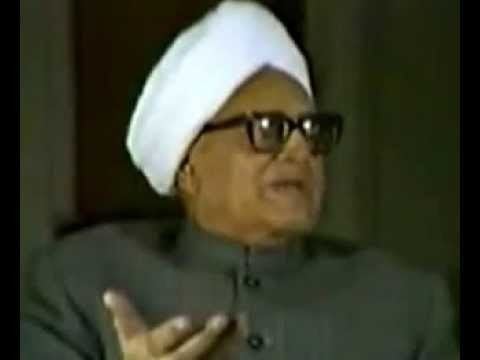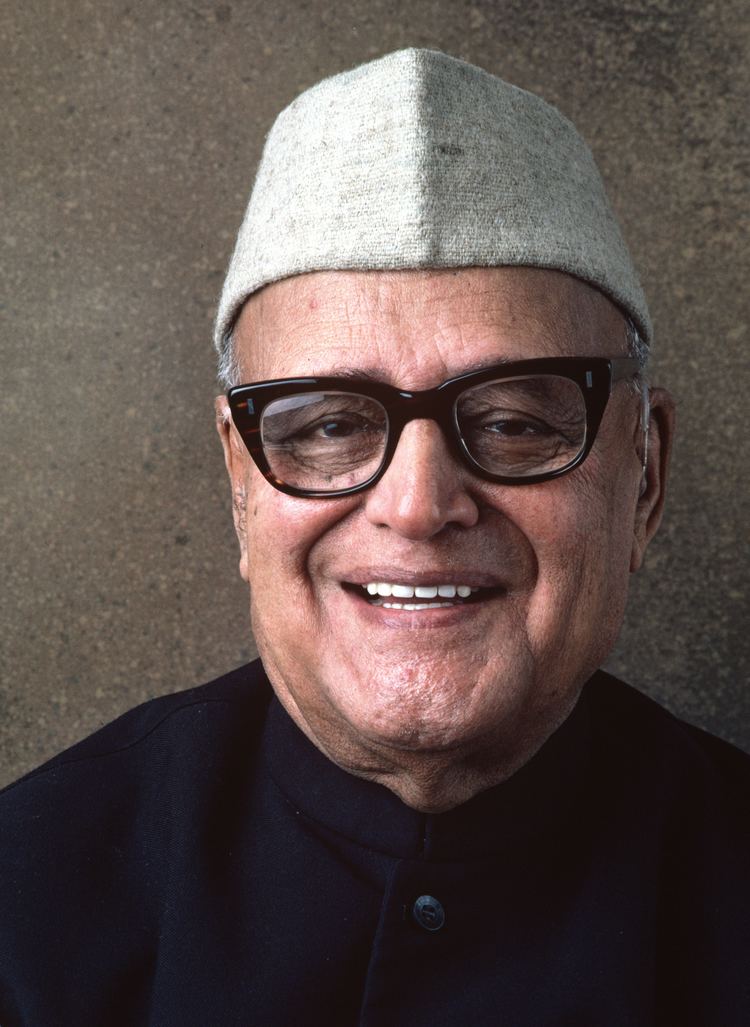Name Gopi Krishna Role Writer | Movies Annadata | |
 | ||
Books Kundalini: The Evolution, Kundalini Empowering Human E, The Real Nature of Mystical, Serpent of Fire: A Modern V, The awakening of Kundal Similar People Carl Friedrich von Weiz, Asit Sen, Salil Chowdhury | ||
Gopi krishna kundalini awakening experience
Gopi Krishna (30 May 1903 – 31 July 1984) of India was a yogi, mystic, teacher, social reformer, and writer. His autobiography is known under the title Kundalini: The Evolutionary Energy in Man.
Contents
- Gopi krishna kundalini awakening experience
- Gopi krishna our super conscious brain kundalini awakening
- Early life
- Career
- Additional Information
- Research of genius and enlightened persons
- References

Gopi krishna our super conscious brain kundalini awakening
Early life

Gopi Krishna was born in 1903, near the city of Srinagar, in the Jammu and Kashmir State in northern India. He spent his earlier years there and later, in Lahore, in the Punjab of British India. At the age of twenty, he returned to Kashmir. During the succeeding years he secured a post in the state government, married and raised a family. Early in his career he became the leader of a social organisation that was devoted to helping the disadvantaged in his community, especially with regard to issues concerning the well-being and rights of women.
Career

In 1967 he published his first major book in India, Kundalini—The Evolutionary Energy in Man (currently available under the title Living with Kundalini). Shortly thereafter it was published in Great Britain and the United States and has since appeared in eleven major languages. The book presented his own autobiographical account of the phenomenon of the forceful awakening of Kundalini.
At the age of thirty-four, while meditating one morning, he reported to have experienced the sudden and forceful awakening of Kundalini. In Kundalini: The Evolutionary Energy in Man, he describes what happened:
"The illumination grew brighter and brighter, the roaring louder, I experienced a rocking sensation and then felt myself slipping out of my body, entirely enveloped in a halo of light...I felt the point of consciousness that was myself growing wider, surrounded by waves of light...I was now all consciousness, without any outline, without any idea of a corporeal appendage, without any feeling or sensation coming from the senses, immersed in a sea of light simultaneously conscious and aware of every point, spread out, as it were, in all directions without any barrier or material obstruction...bathed in light and in a state of exaltation and happiness impossible to describe."
Gopi Krishna's experience radically altered the path of his life. He came to believe that the human brain was evolving and that an individual's profound mystical experience was a foretaste of what would eventually become an all-pervasive transformation in human consciousness. By his own account, Gopi Krishna's initial experience triggered a transformative process that lasted for twelve years. During this time, the sensations of light, splendor and joy alternated with – and were often completely overshadowed by – sensations of fire, unbearable heat and bleak depression.
Before his death in 1984 at the age of eighty-one, Gopi Krishna would write seventeen books on Higher Consciousness – three of them entirely in verse. He credited this output not to his own efforts but to inspiration from a higher source.
One of the little-known facts about Gopi Krishna's life is that he was a crusader for women's rights. Putting this in historical and cultural context shows how very extraordinary his dedication to this cause was. In 1930 it had been less than ten years since women had won the vote and the vast majority of the women in the world were still considered chattel. In India conditions for women were even worse and a man campaigning publicly for women's rights would have been unheard of.
Gopi Krishna was reported to be a supporter for the equality of men and women. He acted, and at one point ended up imprisoned for his actions. One of his most far-reaching contributions involved bettering conditions for widows. At that time in India, the plight of a woman whose husband died was often horrific, especially if she had no grown children to help or protect her. The custom of sati (throwing oneself on the husband's funeral pyre) though outlawed was still practised, particularly in remote areas.
Along with his humanitarian efforts, Gopi Krishna produced poetry and books in prose and verse form. But his main thrust over the years was to write about mystical experience and the evolution of consciousness from a scientific point of view – that there is supposed to be a biological mechanism in the human body, known from ancient times in India as Kundalini, which is responsible for creativity, genius, psychic ability, religious, and mystical experience, etc.
Additional Information
Born in a small village outside Srinagar, Kashmir, Gopi Krishna was one of the first people to popularise the concept of Kundalini among Western readers. His autobiography is entitled Kundalini: The Evolutionary Energy in Man later renamed to Living with Kundalini. According to June McDaniel, his writings have influenced Western interest in kundalini yoga.
He chose the path of yoga due to his circumstances. His father renounced the world to lead a religious life leaving his twenty-eight-year-old mother with the responsibility of raising him and his two sisters. His mother now pinned all her hopes for success on her only son. Pandit Gopi Krishna was also a good freestyle wrestler and it is well known that he beat many a good wrestler. People who knew him well mention that he had the capability to be a world class wrestler, however, he spent most of his energy on intellectual pursuits.
But he failed to pass the examination to enter college, and he now took a lowly job and established his family. He also started on a discipline of meditation to discover who he was. After having been engaged in this for many years, he had his first Kundalini experience at the age of 34, which he describes thus in his autobiography:
Suddenly, with a roar like that of a waterfall, I felt a stream of liquid light entering my brain through the spinal cord.Entirely unprepared for such a development, I was completely taken by surprise; but regaining my self-control, keeping my mind on the point of concentration. The illumination grew brighter and brighter, the roaring louder, I experienced a rocking sensation and then felt myself slipping out of my body, entirely enveloped in a halo of light. It is impossible to describe the experience accurately. I felt the point of consciousness that was myself growing wider surrounded by waves of light. It grew wider and wider, spreading outward while the body, normally the immediate object of its perception, appeared to have receded into the distance until I became entirely unconscious of it. I was now all consciousness without any outline, without any idea of corporeal appendage, without any feeling or sensation coming from the senses, immersed in a sea of light simultaneously conscious and aware at every point, spread out, as it were, in all directions without any barrier or material obstruction. I was no longer myself, or to be more accurate, no longer as I knew myself to be, a small point of awareness confined to a body, but instead was a vast circle of consciousness in which the body was but a point, bathed in light and in a state of exultation and happiness impossible to describe.According to June McDaniel, his writings have influenced Western interest in kundalini yoga. He wrote many books and travelled all over the world giving lectures. He came to feel the kundalini experience underlies all (or most) religions that started with a personal revelation. He could see kundalini iconography in cultures worldwide, from ancient Egypt to Quetzalcoatl to the caduceus of Mercury, and believed there was a common basis, and that he had been granted entry to this vision. Gopi Krishna theorised that the brain was in a state of organic evolution, and that the rising of Kundalini into the brain would open a normally silent chamber called brahma-randra in the yogic tradition. Krishna worked tirelessly to promote the scientific investigation of kundalini in the human frame, hypothesizing that this energy was leading humankind towards the goal of Higher Consciousness.
Research of genius and enlightened persons
In the light of Pandit Gopi Krishna's experiences he himself has started to search the life of geniuses and enlightented persons in history for clues of kundalini awakening. He proposed an organisation to be erected to conduct scientific research on the matter.
The research should, according to him, consist of research on biological processes in the body, psychological and sociological research of living persons. According to Mr. Krishna the lives of historical persons should also be investigated.
